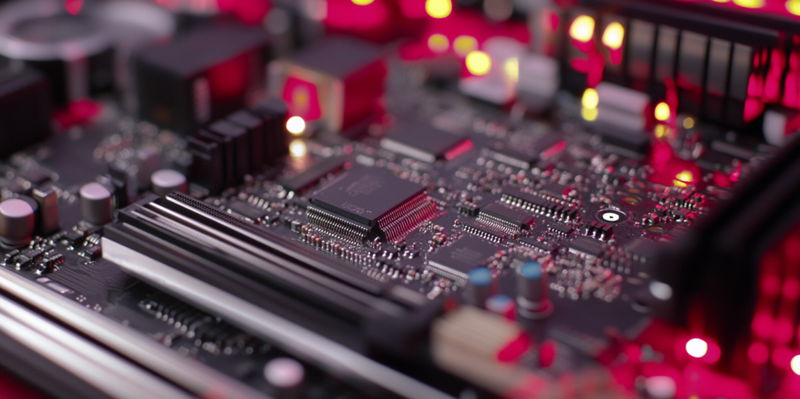Intel’s proactive approach to preparing the Linux operating system for its next-generation Xe3 "Celestial" GPUs is strategically significant, as it marks a dedicated effort to support the forthcoming Panther Lake CPUs. Recently, the technology giant started pushing initial patches for kernel graphics driver support specifically for the Xe3 architecture. These patches primarily target Vulkan and Gallium3D/OpenGL drivers, with the new code already merged with the Mesa 24.3 framework. Though this support remains hidden for now, it is highly anticipated to become visible with forthcoming driver updates.
The Xe3 GPUs are expected to offer noteworthy performance enhancements compared to their predecessors, reportedly featuring up to 12 Xe3 cores within Panther Lake SoCs. Such performance improvements are eagerly awaited, as they promise to elevate the capabilities of future computing devices significantly. Previous reports have hinted at the integration of Panther Lake PCI IDs in the drm-next code, suggesting that the upcoming mobile CPU lineups could include Linux support right out of the box. Although the Panther Lake series is not anticipated to hit the market imminently, Intel’s early and rapid support efforts signal an unwavering dedication to optimizing Linux OS compatibility.
In summary, Intel’s concerted efforts to provide early support for future technologies on Linux reflect a broader industry trend toward better integration and performance in open-source environments. This initiative not only underscores Intel’s commitment to aiding the developer community but also sets the stage for smoother and more efficient product launches in the future. By streamlining support processes and actively engaging with open-source platforms, Intel is fostering a more integrated, user-friendly ecosystem for both consumers and developers.

